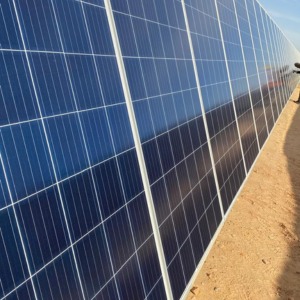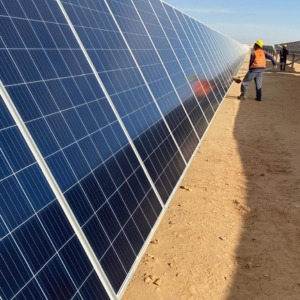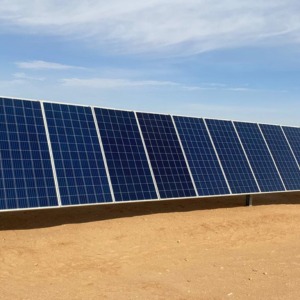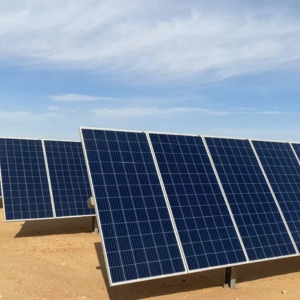



PV Cleaning
Photovoltaic (PV) Panel Cleaning Process Description
Regular cleaning of photovoltaic (PV) panels is essential to maintain optimal energy output by removing dust, sand, bird droppings, and other residues that accumulate on the surface. The PV cleaning process is conducted in a controlled and systematic manner to ensure safety, minimize panel damage, and maximize efficiency.
- Pre-Cleaning Inspection
- Inspect PV modules for cracks, broken glass, or loose connections.
- Check weather conditions: cleaning is avoided during rain, high winds, or extreme heat (typically avoid cleaning during peak sunlight hours to prevent thermal shock).
- Disconnect the system (if required) as per the manufacturer’s safety guidelines.
- Selection of Cleaning Method
- Dry Cleaning (for light dust conditions):
- Use soft-bristled brushes or microfiber pads attached to telescopic poles.
- Employ anti-static cleaning tools to prevent dust accumulation.
- Wet Cleaning (for stubborn dirt or bird droppings):
- Use deionized or distilled water to avoid mineral deposits.
- Low-pressure water spraying systems or automated cleaning robots may be used.
- Soft, non-abrasive sponges or cloths ensure no scratches on panel surfaces.
- Approved biodegradable detergents may be used in minimal concentrations when necessary.
- Cleaning Execution
- Start from the top of the panel row and move downward to avoid re-soiling cleaned areas.
- Avoid walking or placing weight on the panels.
- Ensure even and gentle cleaning pressure to avoid damage to cells or glass.
- Collect and properly dispose of any wastewater, in accordance with environmental regulations.
- Post-Cleaning Inspection
- Visually inspect all panels to ensure cleanliness and no damage.
- Reconnect and power up the system if disconnected.
- Record cleaning activity in the maintenance log, noting date, team, weather conditions, and observations.
- Frequency of Cleaning
- Cleaning frequency depends on site conditions:
- Arid/desert areas: every 1–2 weeks.
- Moderate dust areas: monthly.
- Automated systems may clean daily or every few days depending on design.
- Safety and Environmental Considerations
- Use appropriate personal protective equipment (PPE): gloves, helmets, harnesses (if working on elevated structures).
- Follow lockout-tagout (LOTO) procedures where necessary.
- Use minimal water and avoid chemical runoff into the environment.

